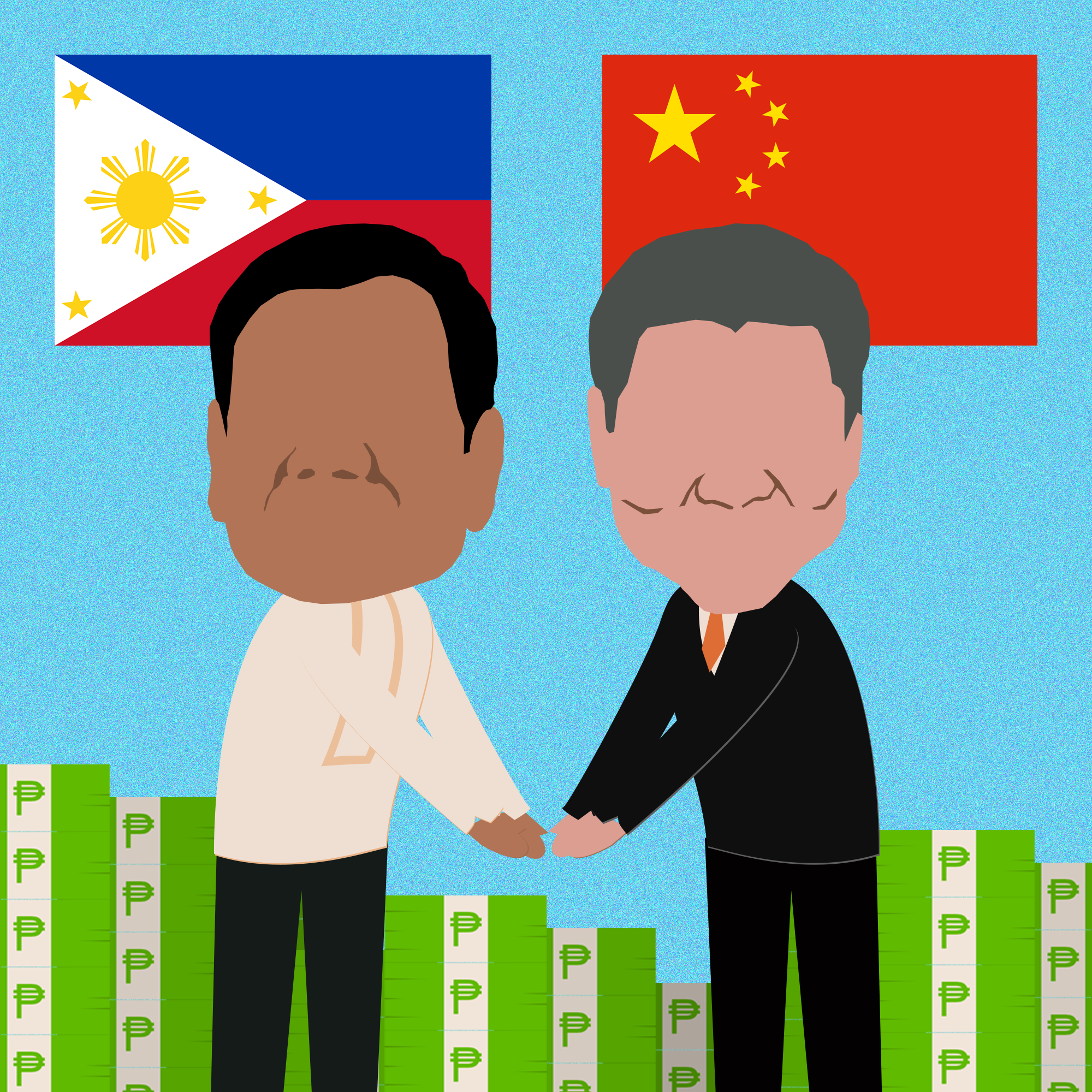First of a two-part series
Maybe all it takes for something to become government policy is to say it thrice? Like Build, Build, Build or Plant, Plant, Plant, just Go, Go, Go! The pandemic-driven crisis demands that the government spend, spend, spend – by IBON’s estimates at least Php1.6 trillion.
But unfortunately, no. When it comes to stimulus spending, the Duterte administration’s key words are “affordable,” fiscally responsible,” and “creditworthiness”.
Which means that the government won’t spend what it needs to, which causes more unnecessary suffering, and makes the health and economic problems tomorrow even bigger and more unmanageable.
Big problems
The stimulus needed has to be put into perspective. The country is in the middle of the worst economic crisis in its recorded statistical history. Not just since the 1980s – which is as far back as quarterly gross domestic product (GDP) data is available – but actually since right after the end of the Second World War. (See Chart 1)
[infogram id=”00fa90e0-5427-4b24-8d9e-3b849d579ec7″ prefix=”3G3″ format=”interactive” title=”PH GDP Growth, 1950-Q2 2020″]The GDP growth of -16.5% in the second quarter in 2020 is the biggest economic contraction the country has ever seen. It is also the largest collapse in economic activity in over 70 years, with a 21.9 percentage point drop from 5.4% growth in the same period last year.
Combined with the -0.7% contraction in the first quarter, the economy shrunk -9% in the first semester and is almost back to its level in 2017. GDP fell to Php8.6 trillion in the first semester of 2020 which is only a little higher than the Php8.4 trillion in the same period in 2017, measured in constant prices.
The jobs crisis is even worse than reported. The latest official estimates of 7.3 million unemployed and 17.7% unemployment in April 2020 are the worst on record – but still not the complete picture. Adding discouraged jobless workers that official estimates don’t count, the real number of unemployed rises to 14 million with 29% unemployment. (See Table 1) Job losses are unprecedented.
[infogram id=”728f1564-249a-4ef0-9442-7db7643bccc6″ prefix=”vDa” format=”interactive” title=”Poverty, Unemployment Estimates”]Which still isn’t the complete picture. We also have to count those considered employed but with low or disrupted incomes especially upon the lockdown. This is at least an additional 6.4 million (i.e. the underemployed) to as much as 13 million (i.e. those classified as with job, but not at work). The lockdown-induced recession then displaced anywhere from 43% (20.4 million) to as much as 57% (27 million) of the labor force, according to IBON’s estimates.
Barring more disruptive lockdowns, some kind of rebound may start to happen in the last half of the year. This will only be in the narrow sense that GDP contractions will be smaller than in the second quarter which isn’t really a recovery though. Even by the limited metric of GDP per capita, with current population projections it’s likely that the economy won’t be back to pre-COVID levels until at least 2022.
The employment situation may take even longer to recover. Deep structural problems in the economy have meant increasingly jobless growth – GDP growth has been clocking its fastest annual average in decades, yet employment growth has fallen to its slowest over that same period. (See Table 2)
[infogram id=”134bba26-f81a-4682-b904-e5e20025d4f4″ prefix=”nVD” format=”interactive” title=”Growth annual averages, 1960-2019″]So it’s frightening to see how much worse job-generation will get with the pandemic-driven slowdown and especially with continued official inattention to real agricultural and industrial development.
As it is, the unprecedented jobs crisis is reversing hyped gains in poverty reduction. IBON estimates around 2.5-3 million families hovering just above the official poverty line. A 10-20% reduction in income from the recession would be enough to push many of them below the official poverty threshold. This could increase the number of poor Filipinos by anywhere from 5-10 million to reach 23-28 million this year – and that’s only according to an unrealistically low official poverty threshold of Php71 per person per day.
Little solutions
The extraordinary health, human and economic crisis demands an extraordinary response. We can only speculate why the Duterte administration and its economic managers don’t seem to appreciate the gravity of the situation and are proposing such trivial solutions.
It could be blindness from neoliberal dogma, a sincere delusion that a Chinese or Russian vaccine just around the corner will fix everything, a malicious craving for crises to justify authoritarianism, or maybe even just sheer indifference. But who’s to say?
What’s clear though is how small their proposals are for the magnitude of the crisis at hand. The Bayanihan 2 bills proposed in the Senate and House of Representatives (HOR) were both drawn up under the watchful eye of the powerful finance department and consequently stingy at Php140 billion and Php162 billion, respectively. (See Table 3)
[infogram id=”331537be-3fab-4f63-8d60-e0897ae8ad7f” prefix=”2I4″ format=”interactive” title=”Stimulus Proposals”]The logic of a stimulus package is to provide an adrenaline boost to a faltering economy. And the economy is certainly faltering – measured at current prices, the economy lost Php680 billion in the first semester and stands to lose about Php1.1 trillion for the whole of 2020 compared to last year.
The pandemic-driven loss is even bigger if we compare last year not just with the emerging pandemic-dampened GDP in 2020 but what the economic managers originally forecast GDP in 2020 to be – in which case, the pandemic is causing a Php1.9 trillion loss.
Measured against these, the two ‘stimulus’ packages proposed by the economic managers will tickle the economy, at best, and certainly won’t be enough to bring about any meaningful recovery. They are just 0.7% and 0.8% of 2019 GDP. They are also just a fraction of the Php1.1-1.9 trillion in economic output lost from lockdowns and the pandemic in 2020.
The Accelerated Recovery and Investments Stimulus for the Economy (ARISE) originally proposed by economists in the HOR is much closer to the magnitude needed to compensate for the drastic fall in economic activity. ARISE is worth Php1.3 trillion or 6.8% of 2019 GDP. It also proposes larger health interventions as well as more cash support and wage subsidies than the Bayanihan 2 bills.
The second part of this series discusses the proposed response to the COVID-19 health, human and economic crises, and where to get the funding.






